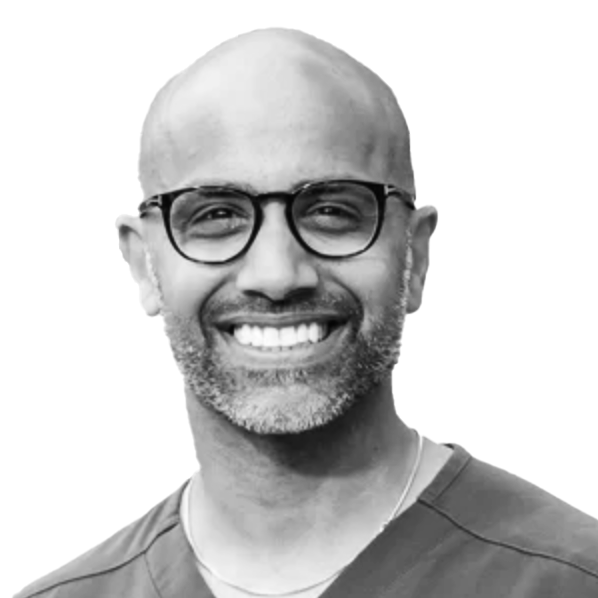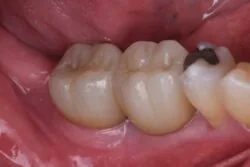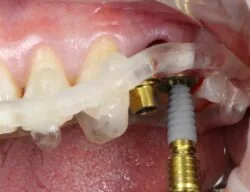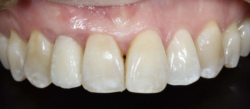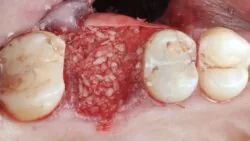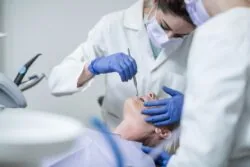Unlocking the secrets of successful ridge preservation
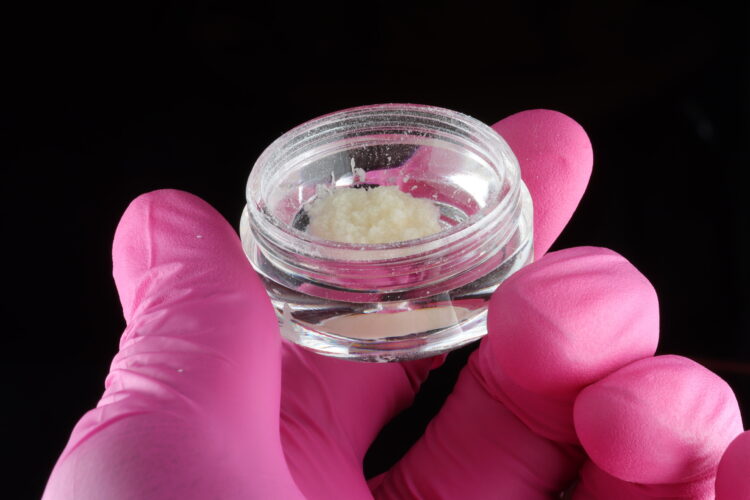
Imi Nasser explores the importance of ridge preservation and why he thinks it should be the status quo for tooth replacement extractions.
Over the years, implant dentistry has become a prominent aspect of my work, allowing me to witness the transformative power of ridge preservation in building abundant bone and thick keratinised soft tissue for future implant therapy. I have seen this work in the most complex cases involving vast bone loss which can now be managed predictably at the time of extraction.
Preserving the foundation.
When a tooth is extracted, the alveolar bone, which once supported the tooth, undergoes a remodelling process. Surgical trauma during difficult extractions can contribute to bone loss in some cases. To achieve optimal functional and aesthetic outcomes, implant therapy is often considered the preferred option for tooth replacement. However, it is crucial to ensure sufficient alveolar bone volume and favourable ridge architecture to ensure the success of implant placement. Ridge augmentation increases the chance for long-term successful dental implants, both aesthetically and functionally.
Adequate keratinised tissue height is also essential for optimal outcomes. When assessing my cases I look at the mucogingival junction; the point at which non-keratinised tissue meets keratinised tissue. This keratinised tissue is firm and attached to the bone and tooth. Non-keratinised tissue is mobile and if located too coronally there is usually easy access for bacteria to get to the implant.
One of the key advantages of ridge preservation is the ability to grow keratinised tissue, which not only improves aesthetics but also helps maintain the long-term stability of the surrounding soft tissues. By employing this technique, we can avoid the need for later bone augmentation procedures and minimise the risk of implant failure. The main aim of my treatment modality is to ensure that at any given time I have 5mm keratinised tissue height to protect my long-term outcomes.
Numerous systematic reviews confirm that significant horizontal and vertical dimension reduction occurs after tooth extraction. Two thirds of soft and hard tissue changes occur in the first 3 months, with on average 50% of the alveolar ridge width absent at 6 months (Wah Lay Tan et al, 2012). With these dimensional changes it became apparent that we needed to find a way to avoid such changes from happening, be it from a hard tissue region but also from a soft tissue perspective as ultimately that is what is giving us our long-term implant protection.
When looking at my implant cases there are two options; can I perform an immediate implant placement, or is ridge preservation required? While immediate implants can be successful, they often require simultaneous hard and soft tissue grafting (Cosyn et al, 2019) and may have a higher complication rate. Even in delayed implant placement, GBR is responsible for 60% of the final volume, and soft tissue grafting is responsible for the remaining 40% (Schneider et al, 2011).
I personally prefer ridge preservation when immediate implant placement is not suitable. Looking at the ridge preservation protocol, I often achieve the following benefits:
- Minimally traumatic and flapless
- Complete bone regeneration of site
- No staged grafting procedures required
- Open healing so no distortion of the mucogingival junction
- New soft tissue growth
- No further soft tissue grafting needed
- Abundance of keratinised tissue width and height giving an improved transmucosal seal
- Makes implant placement surgery extremely simple and predictable
- Implant treatment can be deferred to the future for young patients with bone volume remaining
Choosing the right grafting and membrane materials.
When it comes to ridge preservation, the choice of materials is critical. Autogenous bone, allograft, xenograft, and synthetic bone, each have their own advantages and disadvantages. Autogenous bone is considered the gold standard, transporting own bone forming cells with no disease transmission and no material costs. However, from a ridge preservation perspective I have two concerns, I would need to open another site to harvest, and the turnover of this type of bone is extremely high. This is why I believe some biomaterials work better than autogenous as a ridge preservation graft.
In my experience I have found that the use of allograft offers well-documented success rates and excellent turnover in ridge preservation procedures. On re-entry I have never used a better allograft than the BioHorizons Camlog MinerOss® Blend, an allograft that can be cancellous or cortical bone, although I prefer the Blend version which has the mixture of both types.
Various membranes, including non-resorbable membranes such as dense PTFE (d-PTFE) and resorbable membranes like collagen, can be used. It was always considered that one needed primary closure over grafted sites to prevent graft resorption and infection. However, the use of d-PTFE membranes for socket preservation has led to the possibilities of open socket healing without the risk of complications and without distorting the muco-gingival junction. It also has the ability to encourage growth of new keratinised tissue. Furthermore, using a dense PTFE membrane such as Cytoplast from BioHorizons Camlog has proven to be highly predictable, allowing for the omission of primary closure. From a ridge preservation perspective, I do not favour the use of exposed resorbable collagen membranes due to their early breakdown.
Plan, preserve, prevent.
Ridge preservation techniques play a pivotal role in implant dentistry, offering numerous benefits such as minimal trauma, complete bone regeneration, avoidance of tissue distortion, and improved soft tissue and keratinised tissue support. Through my experience, I have consistently witnessed the effectiveness of ridge preservation in achieving successful implant outcomes. I hope this article provides valuable insights into the importance of ridge preservation and encourages further exploration of these techniques for long-term implant success.



